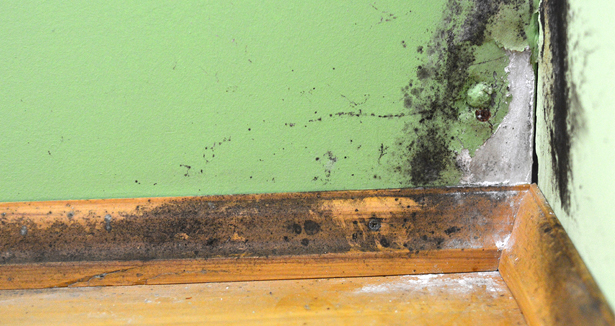
Standard BNQ 3009-600
Mold Contamination of Residential Buildings – Contamination Assessment and Building Rehabilitation
Mold spores are present everywhere, both outdoors and inside buildings. They grow when appropriate conditions are met: the presence of organic matter and water, and an adequate temperature. Mold proliferates when humidity levels are high. In a building environment they can damage materials, lower indoor air quality, and adversely affect human health depending on the extent of their growth, the duration of exposure, and the exposed individual’s health status.
The new BNQ 3009-600 standard provides a framework for the proper inspection, diagnosis, and decontamination of mold growth in residential buildings. This content of this standard is the product of the deliberation and consensus reached by a balanced standardization committee representing stakeholders.
Regulatory authorities who wish to better supervise activities related to the investigation and rehabilitation of homes contaminated by molds can either refer directly to the BNQ 3009-600 standard or to the training recognition program in their regulations.
In order to guide people in their approach towards problems pertaining to mold, the BNQ has prepared a list of resources under the “Guidance related to mold” tab. Please note, however, that the BNQ is a standards development organization and does not provide services, advice or expertise in the field of mold, buildings or health.
Pour la réalisation des travaux d’investigation ou de décontamination, il est possible de retenir les services d’un intervenant ayant réussi l’examen d’une des formations reconnues par le BNQ. Cette liste d’intervenants est disponible à l’annexe rattachée à chacune des formations reconnues par le BNQ. The development of the standard and its free availability were made possible thanks to the financial support of the following organizations: Customer service
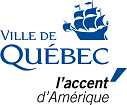
![]()
![]()


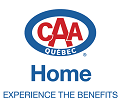
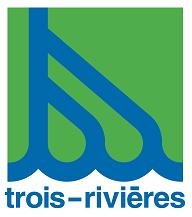
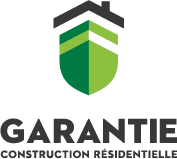
Jérôme Alexandre Ville de Québec Gabriel Bélanger S. Institut de la qualité de l'air du Québec (IQAQ) Madeleine Bélisle Association des consommateurs pour la qualité dans la construction Laurence Côté-Leclerc Société d'habitation du Québec (SHQ) Marie-Alix d'Halewyn Microbiologiste, épidémiologiste terrain Marie-Pier Germain Association des professionnels de la construction et de l'habitation du Québec (APCHQ) Eddy Hunter Ville de Montréal Jean-François Lafrenière Association des microbiologistes du Québec Jacques Laliberté CAA-Québec Caroline Lapointe Ingénieure en structure Claude Latulippe Les expertises Latulippe & Associés Jean-Marc Leclerc Institut national de santé publique du Québec Michel Legris Hygiéniste du travail Pierre Longpré Association de la construction du Québec (ACQ) Geneviève Marchand Institut de recherche Robert-Sauvé en santé et en sécurité du travail (IRSST) Daniel Pellerin Phoenix Disaster Restoration Rymisma Raoui Régie du bâtiment du Québec (RBQ) Richard Trempe Ordre des architectes du Québec (OAQ)
Bureau de normalisation du Québec
Tel.: 418-652-2238 / 1-800-386-5114, ext. 2437










